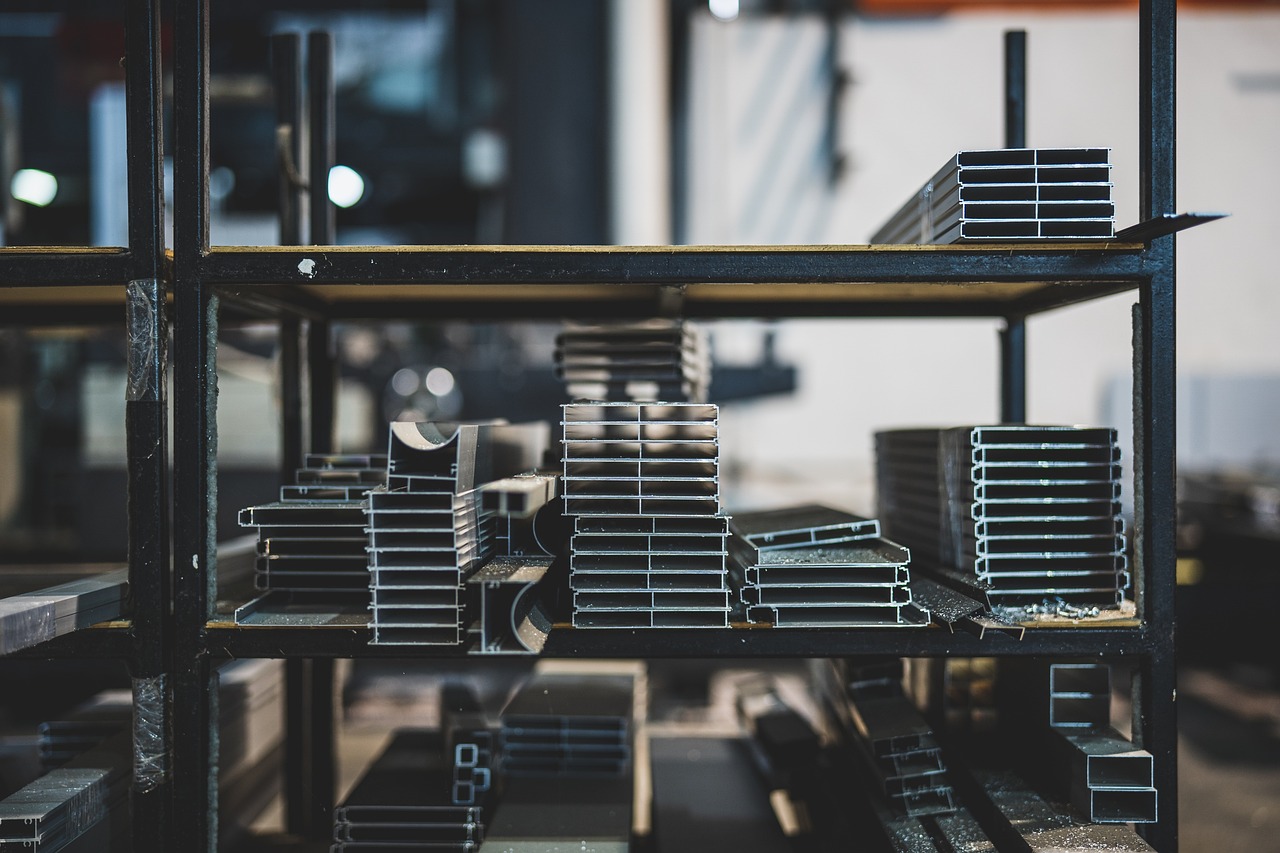
Temperature monitoring plays a crucial role in industries, and the aluminum sector is no exception. In this blog post, we will delve into the world of thermocouples, exploring their types, design structures, and applications within the aluminum industry.
Types of Thermocouples:
1. Type K Thermocouples:
- Comprising Chromel and Alumel wires, Type K thermocouples are widely used for their broad temperature range (-200°C to 1,260°C) and high sensitivity.
2. Type J Thermocouples:
- Made of Iron and Constantan, Type J thermocouples are suitable for a range of -210°C to 1,200°C. They offer good accuracy and are cost-effective.
3. Type T Thermocouples:
- Copper and Constantan wires make up Type T thermocouples, which are known for their excellent performance in low-temperature applications, ranging from -250°C to 400°C.
4. Type E Thermocouples:
- Comprising Chromel and Constantan, Type E thermocouples are ideal for applications in the -270°C to 1,000°C temperature range.
Design Structures for Temperature Sensing in Aluminum Industry:
1. Melt Immersion Thermocouples:
- Submerged directly into molten aluminum, these thermocouples provide accurate temperature readings for precise control of the melting process.
2. Contact Thermocouples:
- Placed in direct contact with the aluminum surface, these thermocouples are designed to measure the temperature of the metal during various stages of production.
3. Portable Thermocouples:
- Handheld devices used for spot-checking temperatures at different points in the aluminum processing line, providing flexibility and ease of use.
Applications in the Aluminum Industry:
1. Smelting Furnaces:
- Thermocouples are crucial for monitoring and controlling the temperature in aluminum smelting furnaces, ensuring optimal conditions for the melting process.
2. Casting Processes:
- Temperature sensors play a vital role in monitoring the temperature of molten aluminum during casting, helping to achieve desired casting properties.
3. Extrusion and Rolling Mills:
- Thermocouples are employed to monitor the temperature of aluminum billets during extrusion and rolling processes, ensuring product quality.
4. Heat Treatment:
- In heat treatment processes, thermocouples help maintain precise temperature levels for annealing and tempering aluminum alloys.
5. Die Casting:
- Thermocouples are used to monitor and control the temperature of dies and molten aluminum in die casting processes, ensuring the production of high-quality parts.
Conclusion:
In conclusion, the aluminum industry relies heavily on temperature sensing technologies, with thermocouples being at the forefront of these applications. Understanding the types, design structures, and applications of thermocouples in the aluminum sector is essential for achieving efficient and high-quality production processes. As technology continues to advance, thermocouples will likely play an increasingly pivotal role in shaping the future of temperature monitoring in the aluminum industry.
